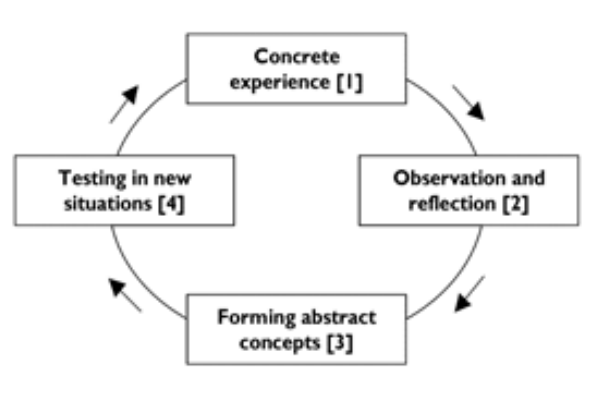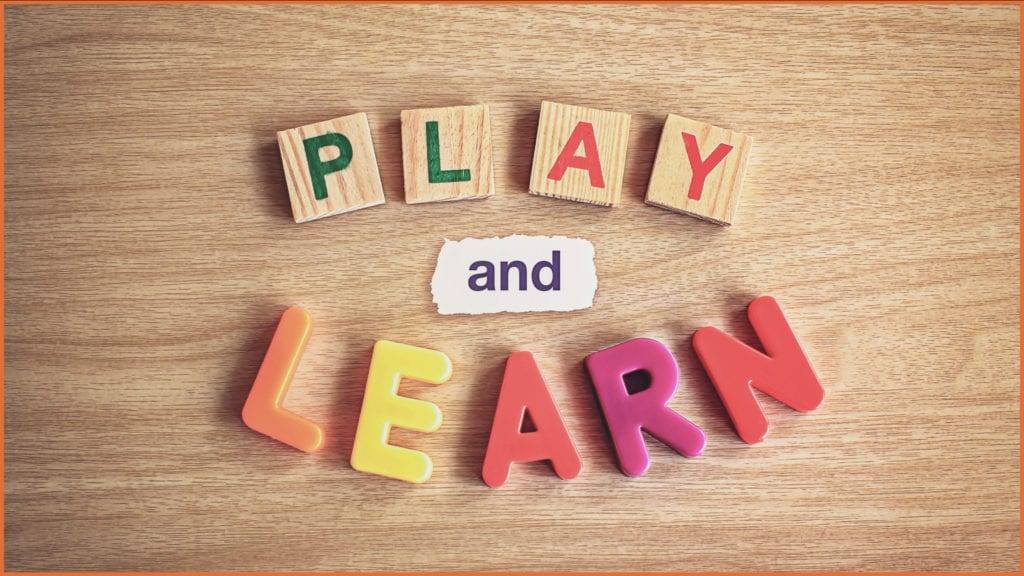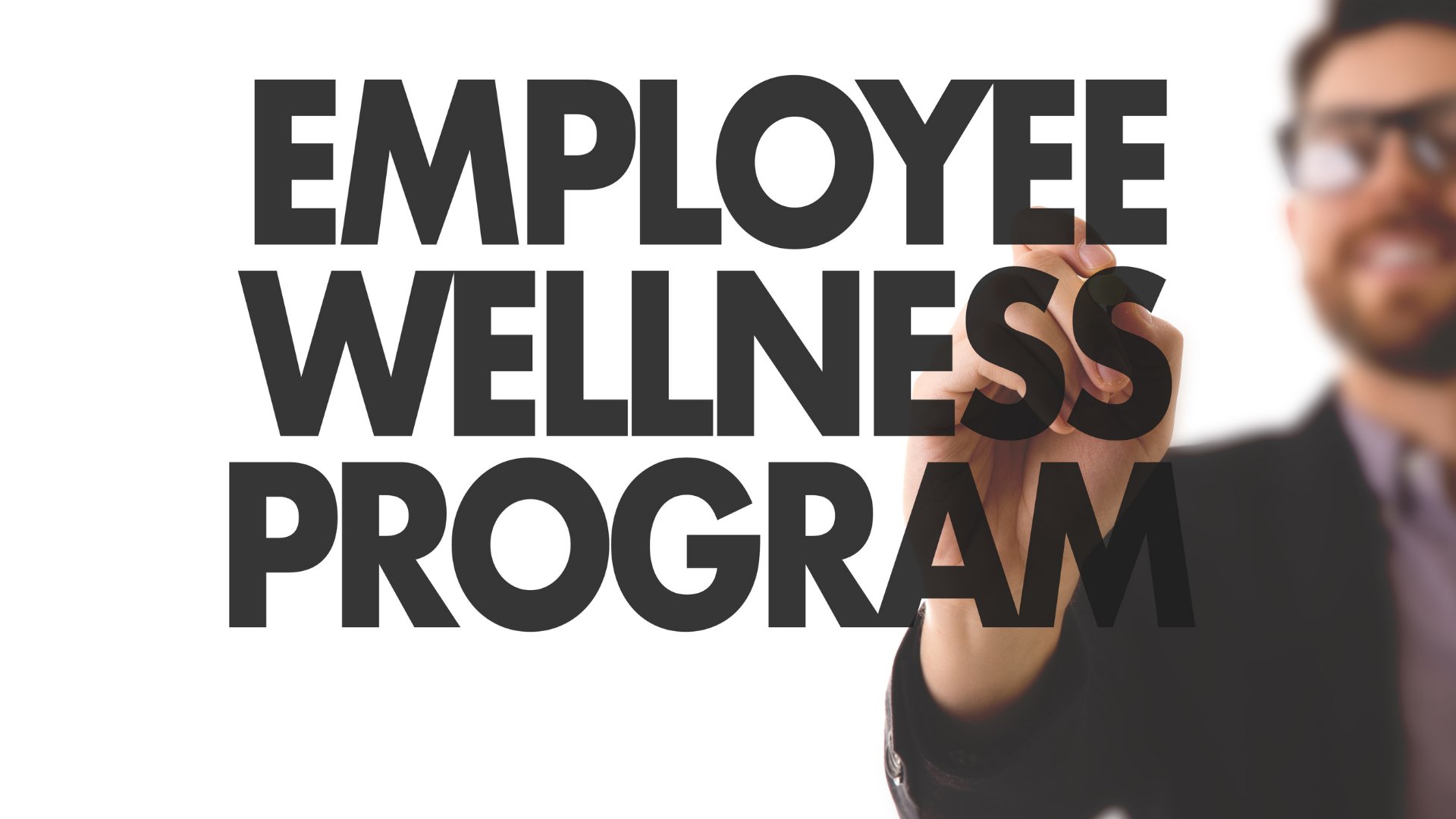I remember building my first Lego car as a child. There was no instruction manual, just a pile of colorful bricks and a picture in my head. My first few attempts were wobbly failures. An axle was too short, the wheels fell off, but with each failed attempt, I learned something. I felt the imbalance, saw the flawed design, thought about a new approach, and tried again. I did not know it at the time, but I was engaged in one of the most powerful forms of learning known to humankind.
I was learning by doing.
In the corporate world, we often forget this fundamental truth. We sit people in rooms and present them with slides, hoping that information will magically transform into skill. But real learning, the kind that sticks and drives behavioral change, is active, not passive. It is about experience. This is the core of experiential learning, a methodology that is less about listening and more about doing. And I believe its most powerful form is one we have known since childhood: play.
What is Experiential Learning, Really?
Table of Contents
At its heart, experiential learning is a process of learning through experience. It is the formal name for the natural way we have always learned to walk, talk, or ride a bike. This concept was famously structured by psychologist David Kolb in the 1980s. He proposed a four-stage cycle that shows how our experiences translate into genuine learning.
Understanding this cycle is the key to designing impactful training that goes beyond theory.
The 4 Stages of Kolb’s Experiential Learning Cycle:
- Concrete Experience (The “Do”): This is the hands on part. It involves engaging in a new experience or activity. It is the act of building the Lego car, participating in a business simulation, or tackling a team challenge.
- Reflective Observation (The “What?”): After the experience, you step back and reflect. What happened? How did I feel? What did I observe in others? This is about reviewing the experience from multiple perspectives.
- Abstract Conceptualization (The “So What?”): This is where learning crystallizes. You take your reflections and try to make sense of them. What conclusions can I draw? What general principles or theories can I form from this experience? This is the “aha” moment where you connect the dots.
- Active Experimentation (The “Now What?”): Finally, you take your new understanding and apply it. You plan and try out new behaviors in the real world. This stage is about testing your new knowledge, which in turn creates a new concrete experience, and the cycle begins again.
This is not a linear process but a continuous, reinforcing loop. True learning requires us to move through all four stages.
Why Play is the Ultimate Catalyst for Learning
Now, where does play fit into this? Traditional training often gets stuck. It might provide a “concrete experience” like a case study, but it rarely creates the space for genuine reflection or experimentation. This is where play changes everything.
Play is the perfect vehicle for the experiential learning cycle because it is inherently engaging and, crucially, it lowers the stakes. When we are “playing,” we are less afraid of failure. A failed strategy in a game is a learning opportunity, not a career-limiting move. This psychological safety encourages the kind of risk taking and open reflection needed for deep learning.
Also Read: Why Play Works
A 5-Step Framework for Leading with Play
So how do we bring this to life in a corporate setting? Here is a practical five step framework that aligns directly with Kolb’s powerful cycle.
Step 1: Frame the Experience (The ‘Why’)
Before any activity begins, you must set the stage. This is about creating context and a clear objective. What skill are we trying to build? What challenge are we exploring? Whether it is improving communication or developing strategic thinking, a clear purpose ensures the “play” is not just for fun but is a focused learning experience.
Step 2: Create the Experience (The ‘Do’)
This is the Concrete Experience stage. Design an activity that allows participants to actively engage with the learning objective. This could be a complex business simulation that mimics market challenges, a collaborative problem solving game like The Marshmallow Challenge, or a role playing scenario for practicing difficult conversations. The key is to make it hands on and immersive.
Step 3: Facilitate Reflection (The ‘What?’)
Once the activity is over, the most critical phase begins: Reflective Observation. As a facilitator, your role is to guide the team through a structured debrief. Ask open ended questions to encourage sharing:
- What were some of the key moments for you during that activity?
- How did you feel when the plan started to go wrong?
- What did you observe about how the team communicated under pressure? This is not about finding blame but about gathering data and observations from the shared experience.
Step 4: Draw Out the Learnings (The ‘So What?’)
Now you move into Abstract Conceptualization. The goal is to connect the reflections to broader principles and workplace realities. Help the team find the “so what” behind their observations.
- What does this experience teach us about how we handle unexpected challenges?
- What patterns in our behavior here are similar to how we operate on daily projects?
- What is the one key lesson we can take away about effective collaboration from this? This is where the insights from the game become relevant business lessons.
Also Read: What is the Difference Between Training and Facilitation?
Step 5: Bridge to Reality (The ‘Now What?’)
Finally, you must facilitate Active Experimentation. Learning is useless if it is not applied. This step is about commitment. Guide the team to create actionable next steps.
- Based on what we learned, what is one thing you will do differently in our next team meeting?
- What specific action can we take to improve our planning process on the next project? This turns a fun activity into a catalyst for real world improvement.
The Power of Learning by Doing
Experiential learning powered by play is not a departure from serious work; it is a more effective path to achieving it. It acknowledges that people are not empty vessels to be filled with information but are active participants in their own growth. By creating experiences that are engaging, reflective, and directly applicable to their work, we can unlock a level of skill development and team cohesion that lectures and presentations simply cannot match. It’s time to stop just telling people what to do and instead create the space for them to discover it for themselves.
If you are ready to move beyond traditional training and unlock the potential of your teams through powerful, hands on experiences, explore our approach to L&D Programs and see how we bring learning to life.











